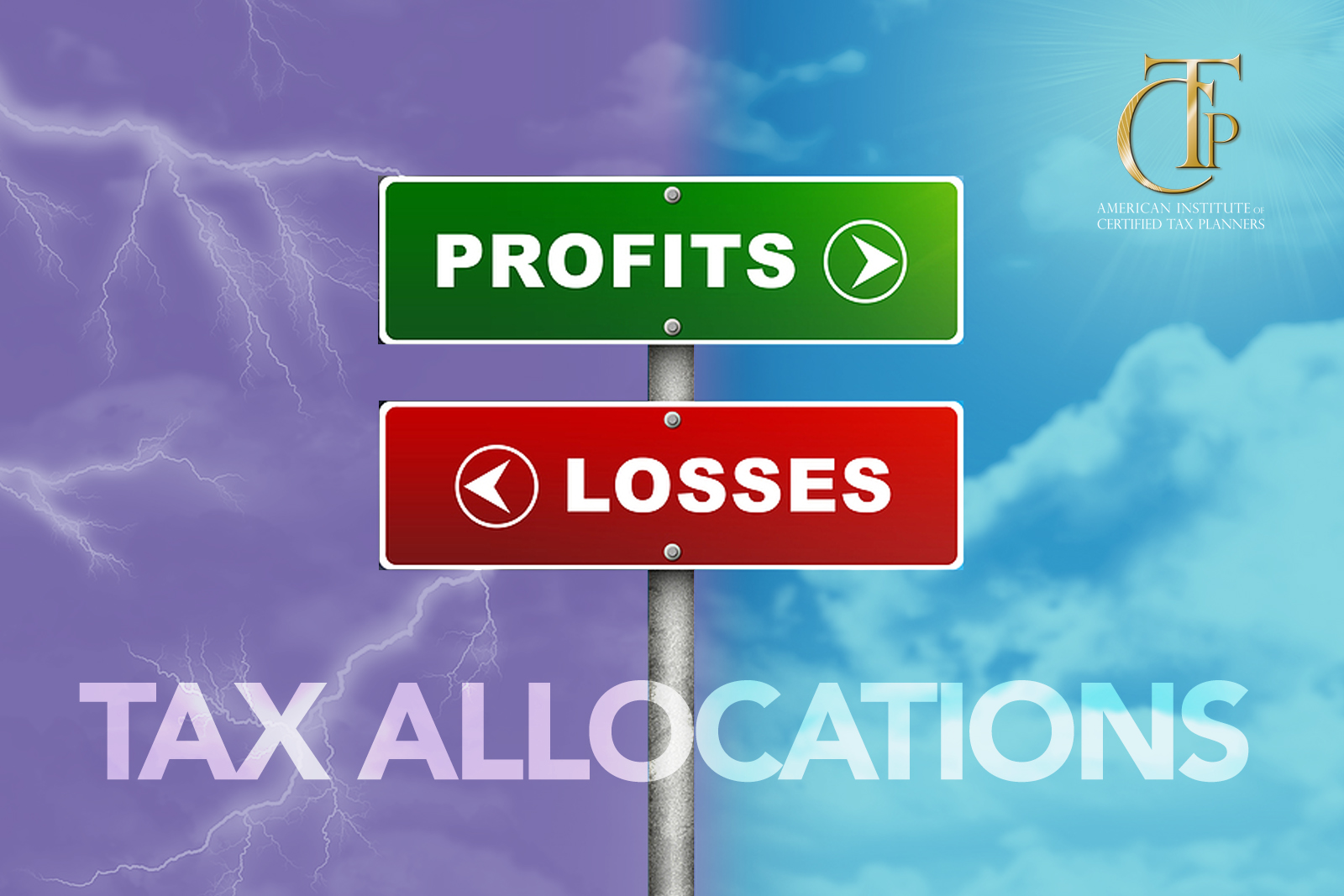Many entrepreneurs shy away from choosing a partnership as their entity type. A partnership is simply a formal agreement between two or more parties to manage a business together and share the profits. From a tax perspective, partnerships are often viewed as too complicated and can come with tax disadvantages when you have non-passive partners involved. However, partnerships are also the only entity type that allows for special tax allocations. This benefit can make it worthwhile to set up a partnership entity.
What is a special allocation?
A special tax allocation is an arrangement in which profits and losses are distributed to owners and partners in a way that benefits them, regardless of the percentage of the business they actually own. How does this work? First, remember that partnerships are pass-through entities, which means that the business does not pay its own income tax. Instead the business’s income, losses, credits, and deductions “pass through” to the business owners who are taxed at personal income tax rates. The income and other items are reported on a Schedule K-1, and each separately listed item can have its own special tax allocation.
For example, depreciation—the decline in value of a business asset—can be specially allocated. Partners may try to incentivize investors to join your business by passing depreciation-related tax deductions on to them. In oil and gas investments, sometimes 100% of the depletion and credits actually go straight to investors. This arrangement can be mutually beneficial: investors may benefit more from deducting losses than startups that are running very lean in the first place. Instead, the startup can use the special tax allocation to create an attractive investment package and bring in more capital.
Overall, special tax allocations are a valuable tax planning tool that allows partnerships to direct tax benefits and consequences where they want them to go.
What does it look like to set up special tax allocations?
In a partnership, tax items are usually distributed based on the ownership percentage of each partner. So the first step is to look closely at the partnership agreement to see how the business partners have agreed to share profits and losses. That agreement may determine who can benefit from special allocations.
How can you determine a partner’s overall ownership in a partnership? Typically, you want to look at distributions and capital. These numbers can be different—one partner could own a 50% equity interest in the business and a third of the profit interest. If we take this example, if that partner also received 80% of the partnership’s tax loss for the year, that would count as a special tax allocation, since the partner clearly does not own 80% of the business.
Let’s look at an example of how this might play out: Desmond has a pass-through tax credit that is about to expire. Since that credit cannot exceed his taxable income, Desmond cannot make use of that tax credit before it expires. So Desmond brings this up in a quarterly meeting and discovers that another partner, Molly, has enough taxable income to make use of the credit. Molly agrees to allocate part of her share of the company’s profits to Desmond that year in exchange for the tax credit. The partners reach out to an attorney to make this official adjustment to their partnership agreement well in time for tax season.
How might the setup look if a partnership has both passive and non-passive partners? Let’s say that Lucy is an active partner and founder of the company, while Jude is a passive investor. While drafting their partnership agreement, the partners decide that Lucy will receive a smaller percentage of the losses in the early years, but as the years progress, more tax benefits will shift to Lucy as her “sweat equity” hopefully yields more profits for the company. Conversely, as the business becomes profitable, Jude will receive fewer losses to write off on his taxes and will be allocated more of the taxable income and gains. This aspect of the agreement can also be amended as time goes on if, say, the business is more or less profitable than expected, and the partners decide to reallocate the gains and losses.
Summary
Special allocations allow partners in a partnership to influence the timing for when and which partners receive gains and losses. Over time, the partnership agreement should result in each partner receiving benefits that mirror the investment they have made into the business. To determine if this tax strategy could work for your business, reach out to a Certified Tax Planner today.





